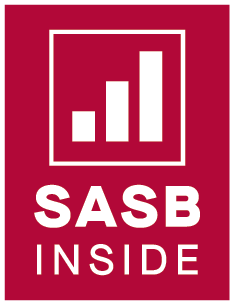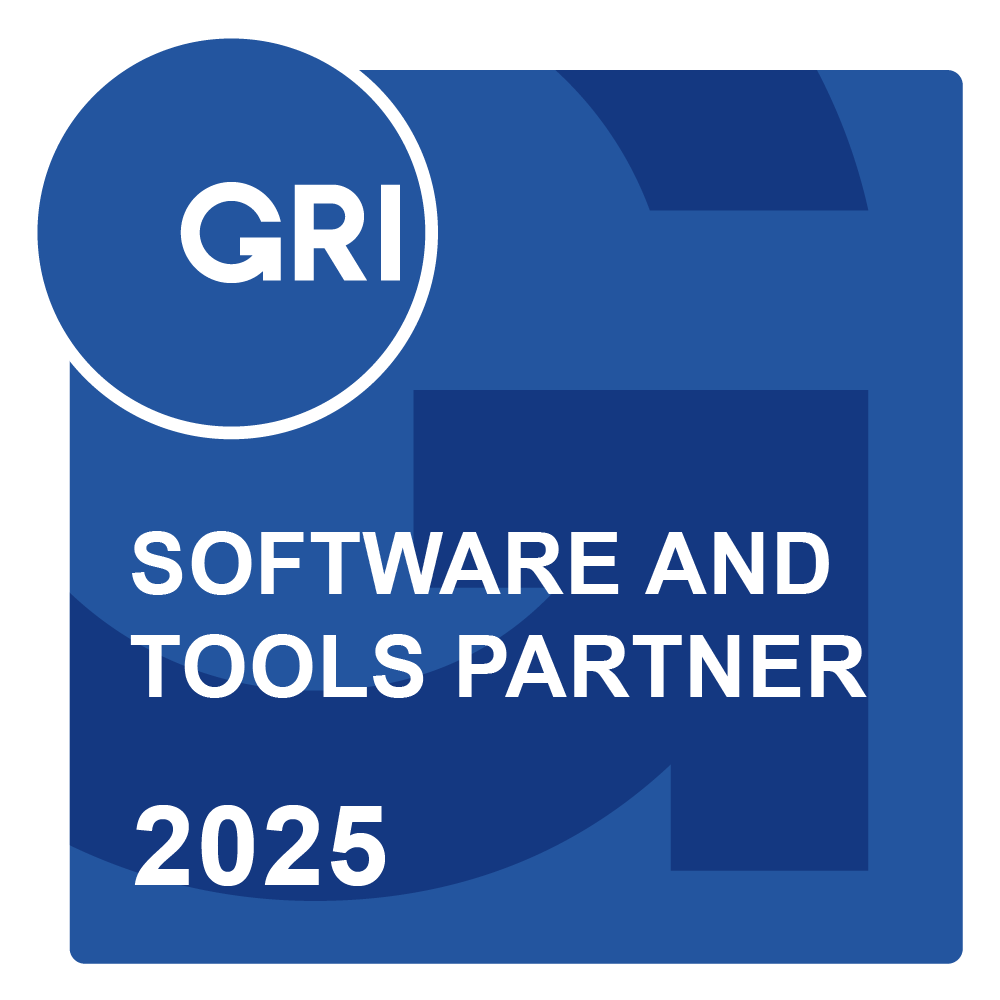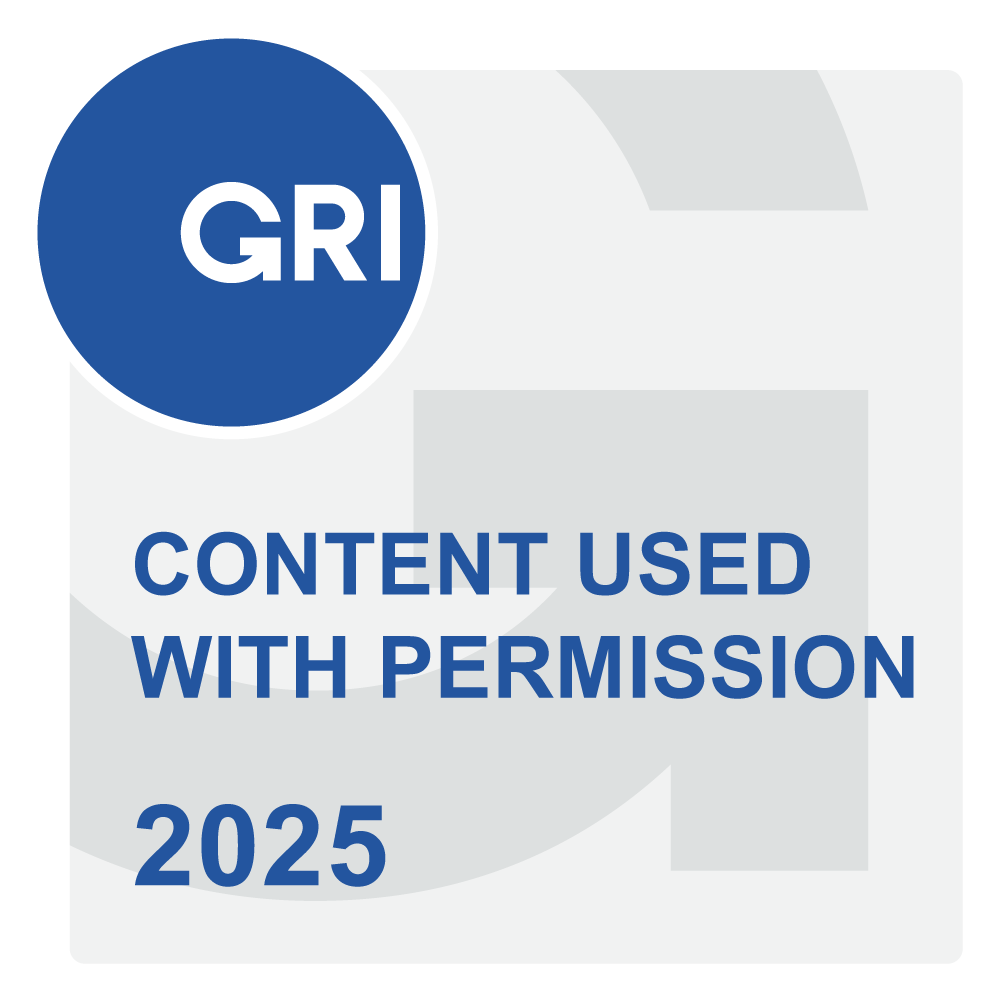Automatically calculate your emissions from scopes 1, 2, and 3
SIS is the leading cloud solution for every stage of the ESG Journey, offering advanced tools for autonomous ESG data management. Adopted across various market segments, its customizable standard modules represent a systemic approach to sustainability, ensuring efficiency in all ESG pillars.

Automatically calculate your emissions from scopes 1, 2, and 3

Set science-based goals using SBTi

Collect the ISE questionnaire and centralize evidence

We are certified by the Global Reporting Initiative (GRI)

Evaluate and measure your suppliers' scores through SIS

We hold SASB certification, collect data with confidence
Optimize data collection for creating corporate inventories of greenhouse gas emissions in scopes 1, 2, and 3.
Perform emission calculations with updated factors, following Brazilian and international standards, anchored in recognized methodologies. Set goals based on scientific evidence through the SBTi.
View data in a clear and intuitive way with graphical dashboards, and take advantage of the accuracy of our artificial intelligence for information analysis.

TBL Manager is certified by the Global Reporting Initiative, ensuring you full confidence in preparing your sustainability report;
Carry out the entire process of data auditing digitally and traceably;
Centralize historical data and evidence from your sustainability reports in a single system, simplifying information access.


Rest assured, we are certified by GRI and SASB, which means we have been approved by the governing organizations and fully adhere to the standards set by their frameworks.


Centralize data management with the SIS and free up more time to focus on what really matters.